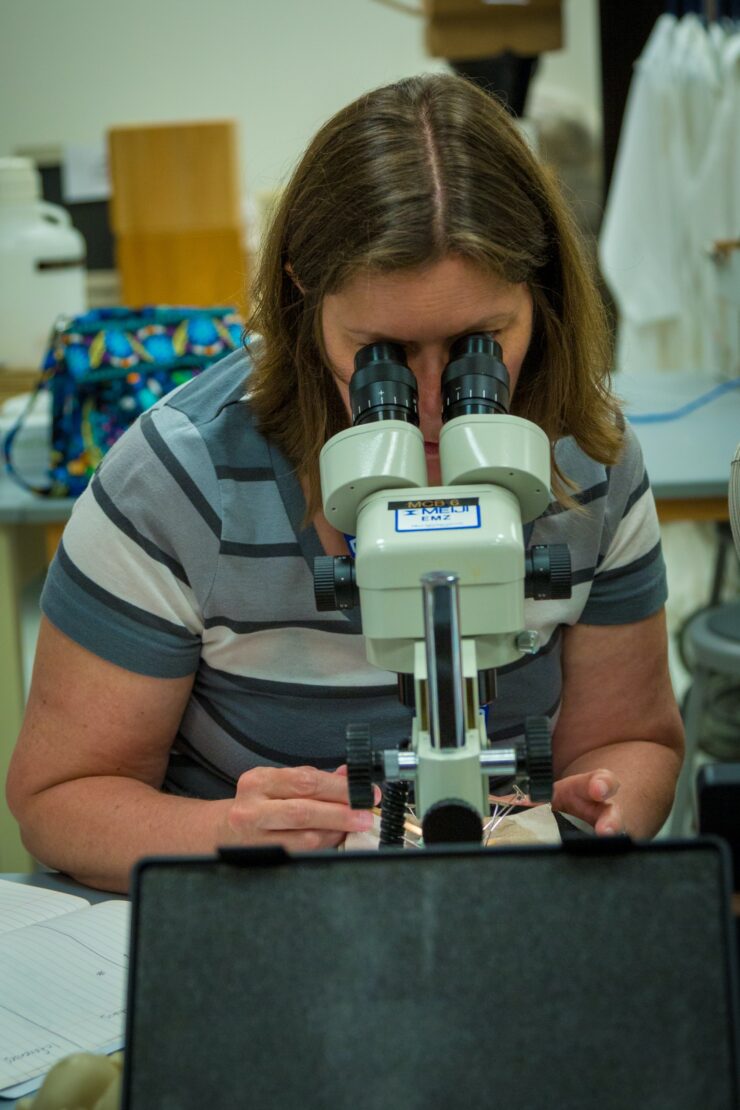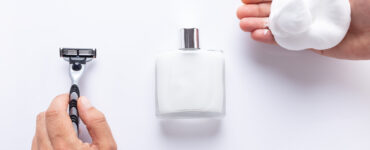Habits are the silent architects of our daily lives, shaping our routines, behaviors, and, ultimately, our destinies. From the mundane acts of brushing teeth to the profound choices we make, habits play a significant role. But have you ever paused to consider the neural symphony orchestrating these habits? The world of habit formation and change is illuminated by the intricate dance of neurons, neurotransmitters, and brain regions. In this exploration, we delve into the captivating realm of the neuroscience behind habits. Join us on a journey through the brain’s corridors, where habits are born, strengthened, and, if need be, rewired.
The Habit Loop: Cue, Routine, Reward
Habits have a three-part structure: cue, routine, and reward. The cue triggers the habit, the routine is the behavior itself, and the reward is what reinforces the habit. For example, feeling stressed (cue) might lead to eating comfort food (routine), which provides a sense of relief (reward). This loop is orchestrated by the brain’s basal ganglia, a region responsible for habit formation. Furthermore, the habit loop is a fundamental aspect of human behavior, helping us conserve mental energy. Habits allow us to perform routine actions without constantly evaluating and making decisions about them. This efficiency can be incredibly useful in daily life but can also lead to automatic behaviors that we may want to change.
The Role Of The Basal Ganglia
Situated deeply within the brain, the basal ganglia assumes a pivotal role in the formation of habits. It acts as a neural autopilot, allowing us to perform routine actions with minimal conscious effort. When a habit is repeated, the basal ganglia strengthens the neural pathways associated with it, making the behavior more automatic. Interestingly, the basal ganglia doesn’t differentiate between good habits and bad habits. It simply reinforces behaviors that are consistently associated with a reward. This is why understanding the nature of the reward is crucial in reshaping habits.
The Dopamine Connection
Dopamine, commonly known as the “feel-good” neurotransmitter, assumes a pivotal role in habit formation. It is released in anticipation of a reward, reinforcing the habit loop. This dopamine-driven process motivates us to repeat behaviors associated with pleasurable outcomes, making habits challenging to break. Over time, the brain becomes sensitized to dopamine release in response to the habit, leading to stronger cravings. This is why breaking habits can initially be accompanied by heightened cravings and discomfort.
Neuroplasticity And Habit Change
The brain’s ability to rewire itself, known as neuroplasticity, offers hope for habit change. By deliberately altering the cue or routine and still receiving a reward, you can reshape existing habits. Over time, new neural pathways can form, making it easier to adopt healthier behaviors. It’s important to remember that habit change is not about erasing old habits but about creating new, more positive ones that can override the old ones. This process takes time and persistence.
The Prefrontal Cortex’s Executive Function
Referred to as the brain’s CEO, the prefrontal cortex holds a pivotal role in processes like decision-making, impulse control, and self-regulation. It is essential for breaking and forming habits. When the prefrontal cortex is engaged, it can override the automatic responses driven by the basal ganglia. However, the prefrontal cortex is also susceptible to mental fatigue. Decision fatigue, stress, and other factors can weaken its ability to control habits effectively. Thus, developing strategies to strengthen and support the prefrontal cortex is crucial in habit change.
Craving And Habit Formation
Craving, the intense desire for a reward, reinforces the habit loop. When we crave a specific outcome, such as a sugary snack, we are more likely to engage in the associated habit. Recognizing and managing cravings is a key to habit change. Cravings can be both psychological and physiological. Psychological cravings often involve the anticipation of pleasure, while physiological cravings may involve actual changes in brain chemistry. Understanding these different aspects of craving is essential for managing and ultimately overcoming habits.
Context And Habitual Triggers
Habits are often linked to specific contexts or environments. For instance, you may have a habit of snacking while watching TV. The brain associates certain cues (e.g., sitting in front of the TV) with the routine of eating. Changing the context or creating new cues can disrupt this association and facilitate habit change. The power of context is why environmental design is a crucial component of habit change. Making changes to your physical environment can streamline the process of breaking old habits and establishing new ones.
The Role Of Emotions
Emotions can both drive and disrupt habits. Stress, for example, can lead to habits like overeating or smoking. Understanding the emotional triggers behind habits can help individuals manage their responses and adopt healthier coping mechanisms. Emotional regulation is an essential skill when it comes to habit change. Acquiring skills to manage stress, anxiety, and other emotions in healthier ways can deter the automatic return to old habits for comfort.
Social Influences On Habits
The social environment we engage in holds substantial influence over habit formation. Behaviors of friends, family, and colleagues can influence our habits. Having social support and accountability can serve as potent resources for breaking old habits and embracing new ones. Additionally, social norms and expectations can either reinforce or challenge our habits. Surrounding ourselves with a supportive community that aligns with our desired habits can be a significant factor in successful habit change.
Mindfulness And Habit Transformation
Mindfulness practices, such as meditation and self-awareness, can help individuals gain control over their habits. By increasing awareness of the habit loop and developing mindfulness strategies, individuals can interrupt automatic routines and make more intentional choices. Mindfulness is not just about being present; it’s also about being curious and non-judgmental. When we approach our habits with curiosity, we can better understand the triggers and motivations behind them, making it easier to enact change.




